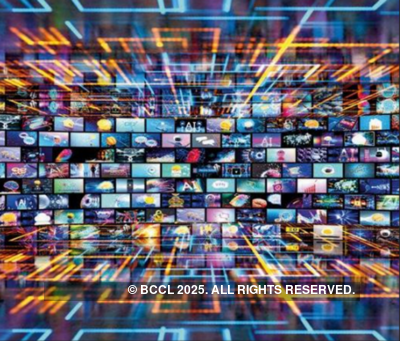ARTICLE AD BOX

Modern televisions, especially LED, OLED, and QLED models, feature delicate screens with anti-reflective coatings and sensitive electronics. Using the wrong cleaning agents or methods can cause permanent damage like scratches, clouding, or chemical etching.
A little caution ensures many more years of crystal-clear viewing. Here's a guide to common household items you should never use -- and why.
Household cleaners or ammonia-based sprays
These contain harsh chemicals that strip protective layers from the screen. Ammonia dissolves oleophobic coatings, leading to smudges and haze. TV manufacturers warn that even diluted glass cleaners cause micro-etching over time, reducing clarity and lifespan. Over time, these fine scratches will catch the light, creating a distracting haze.
The only safe cleaning cloth is a clean, dry microfiber cloth.Also, Furniture polish or multi-surface sprays. are a strict No. As oils and silicones leave greasy films that attract dirt and interfere with touch functions on smart TVs.
Paper towels, tissues, or rough cloths
You might think a paper towel or tissue is soft, but they are deceptively abrasive. Their fibrous texture acts like sandpaper on soft screens. A 2023 Consumer Reports study found that paper products leave microscopic scratches, amplifying glare and distorting pixels.
Instead, opt for microfiber cloths designed for electronics.
Dish soap, vinegar, or alcohol wipes
Soapy residues attract dust and streak, while vinegar's acidity corrodes coatings. Isopropyl alcohol (even 70%) evaporates too quickly, pulling moisture into seams and risking internal shorts. Almost all TV companies warn that alcohol-based products void warranties if damage occurs.
Vacuum cleaners or compressed air directly on the screen
Suction can pull dust into vents, causing overheating, while high-pressure air dislodges particles that scratch surfaces.
Use only on exteriors with brush attachments.Abrasive sponges, magic erasers, or scrub padsThis might seem obvious, but if you have a stubborn smudge, resist the urge to use anything that is designed to "scrub." These remove grime but also the screen's top layer. Melamine foam in magic erasers is essentially fine sandpaper; Sony reports cases where it dulled anti-glare finishes permanently.
Excess water or dripping cloths
Directly spraying any liquid, even water or a TV-specific cleaner, onto the screen is a huge risk.
Liquids seep into bezels, damaging circuits and causing backlight failures. Always dampen cloths lightly and wring out thoroughly.
So how to clean your TV
The safest, most recommended cleaning method is simple: First, dust the screen with a clean, dry microfiber cloth. For fingerprints or stubborn spots, dampen the microfiber cloth with a small amount of distilled water or a cleaner specifically formulated for flat-screen TVs. Always power off the TV and allow it to cool before cleaning.

 6 hours ago
4
6 hours ago
4








 English (US) ·
English (US) ·